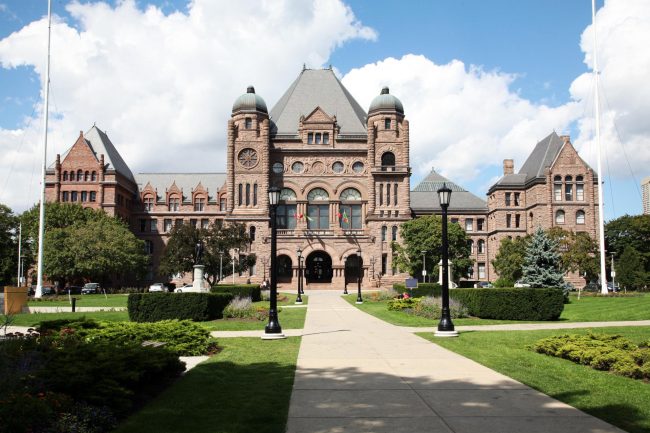Multilevel Governance and the Power of Vaccines – How Sri Lanka Achieved Immunization Success Amidst Civil War
Author: Yasodhara Kapuge – When Sri Lanka was engulfed in one of the world’s longest civil wars (1983–2009), bombs and gunfire often drowned out everyday life. Yet, even as conflict tore communities apart, Sri Lanka quietly sustained one of the most successful childhood immunization programs in South Asia.










